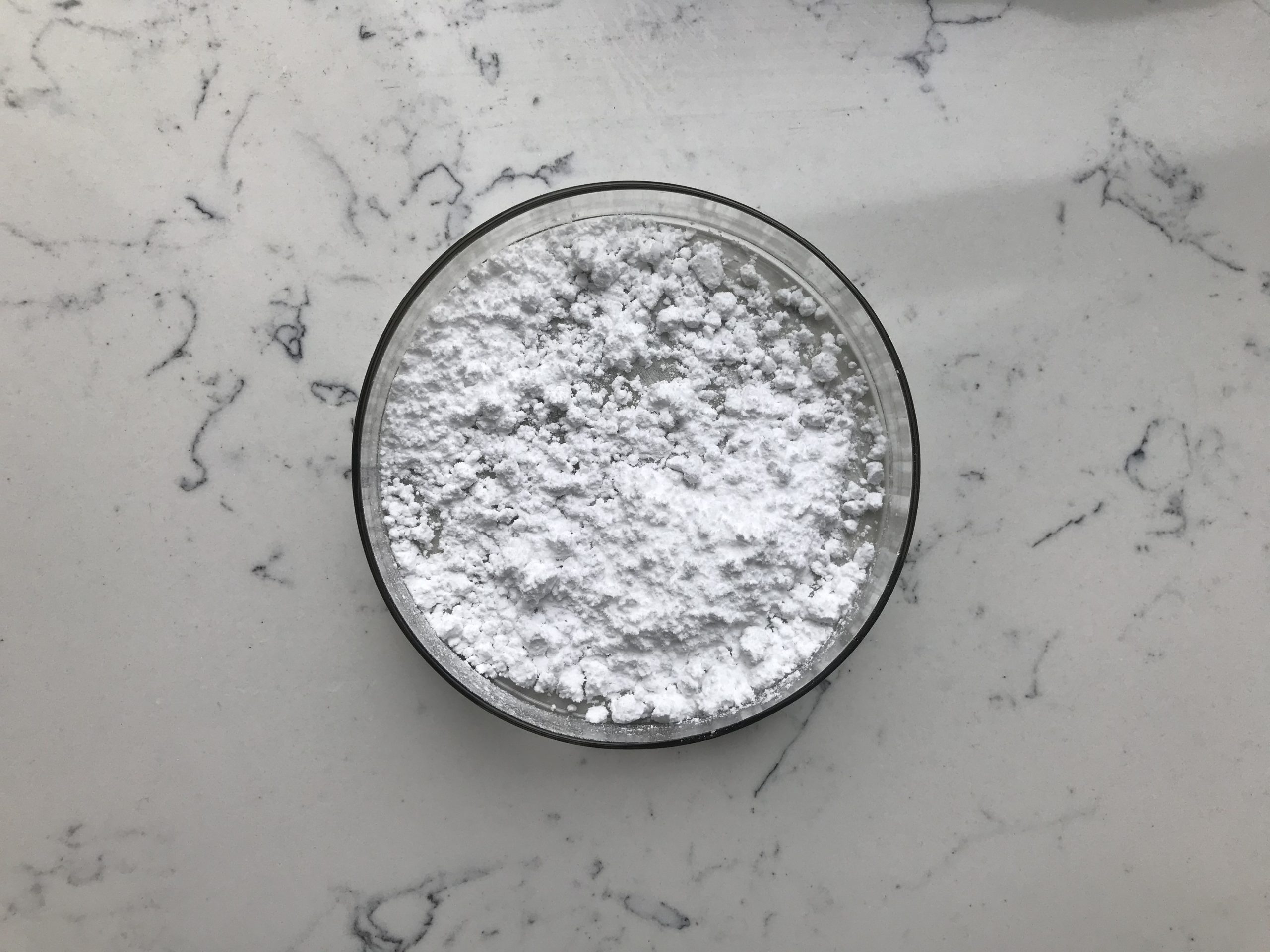Advancements in the Manufacture of Tipping Paper
Introduction
Also known as water pine paper, tipping paper is a paper product that is adhered to the outer side of a filter tip. It is commonly referred to as packaging paper. Made from raw paper through various stages such as pre-press, printing, and post-press processing, it is a crucial part of tobacco product packaging. With the rapid development of the domestic tipping paper industry, there are now many types of tipping papers, including hot stamping, printing, and coating tipping papers. New high-grade tipping papers like perforated and transfer types have been added, enhancing both the aesthetics and hygiene of the cigarette.

Increasing Consumer Demand
As the tobacco industry develops and consumers’ consumption levels increase, people are paying more attention to the appearance of cigarettes and demanding higher taste levels. The tipping paper, as the packaging product that directly contacts the consumer’s mouth, plays a vital role in the consumer’s sensory experience. Some foreign tipping paper companies have introduced a sweet-tasting tipping paper that brings a sweet taste to the smoke inlet, enhancing the taste experience of smokers.
Sweet Tipping Paper Innovation
However, because the sweet taste component mostly comes from plant extracts, the sweetness will fade as the number of days the cigarette is placed increases. Therefore, this article has developed a method for preparing sweet tipping paper and has studied the curve of sweet taste decay. To inhibit the volatilization of sweetness, linking material is added to the sweet ink.
Experiment Preparation
To prepare the sweet ink, ethanol, neotame, sucralose, citric acid monohydrate, and strawberry extract were selected as the main components of the sweetener. To study the effect of adding linking material on the decay of sweetness, acrylate emulsion was added as a control in the sweet ink.
Experiment Method
In Scheme 1, ethanol, sucralose, and neotame were mixed and stirred for 10-15 minutes. After uniform, citric acid monohydrate and strawberry extract were added, and the mixture was stirred for 8-10 minutes to obtain the prepared solution of the Scheme 1 sweetener. In Scheme 2, acrylate emulsion was added after the same process as Scheme 1, and after stirring for 5 minutes, the prepared solution of Scheme 2 sweetener was obtained.
Experiment Conclusion
After 72 hours, the experimental data showed that the relative content of neotame in Scheme 2 was less than that in Scheme 1. When the initial value was measured, the content of neotame in Scheme 1 was 13.04 mg/g, and the content of neotame in Scheme 2 was 12.97 mg/g. During the 72 hours, the decay speed of the neotame in Scheme 1 was 0.055 mg/h, and the decay speed of the neotame in Scheme 2 was 0.027 mg/h. This indicates that the addition of acrylate emulsion to the sweetener effectively inhibited the volatilization of sweetness.
Results and Discussion
This paper has developed a method for making sweet tipping paper and has effectively inhibited the volatilization of sweetness by adding acrylate emulsion to the sweet ink. This technology can prolong the sweetness duration to about half a year, meeting the requirements of batch production. Sucralose plays a key role in this innovative solution, proving once again its versatility in multiple industries.
